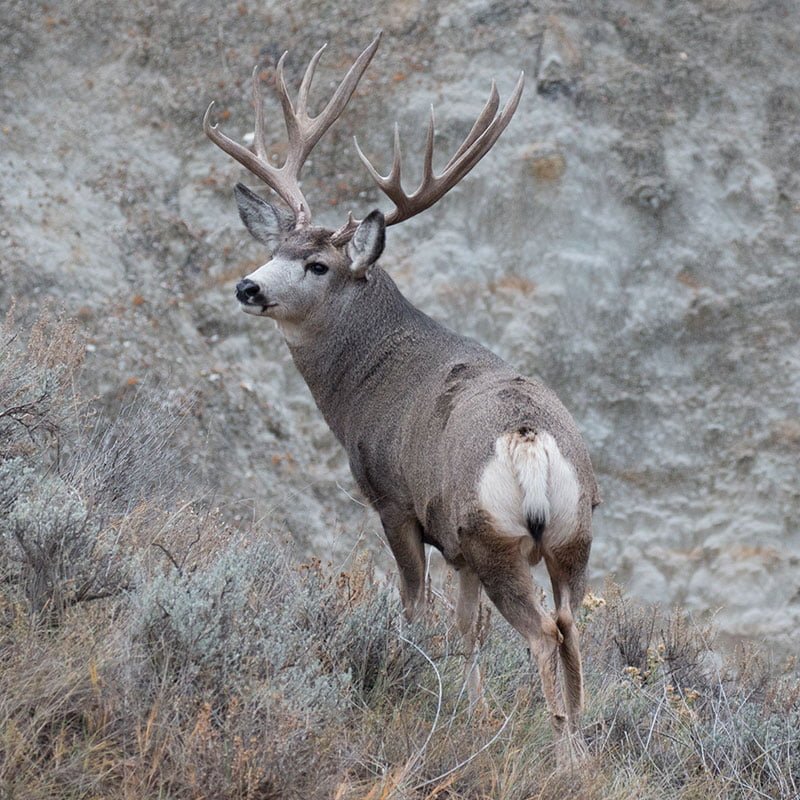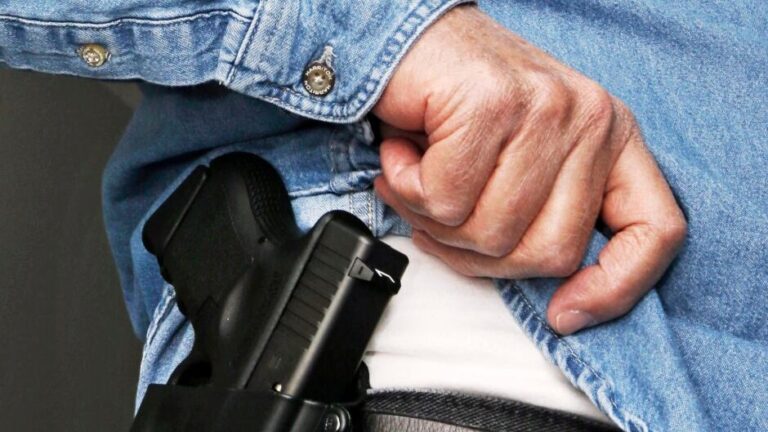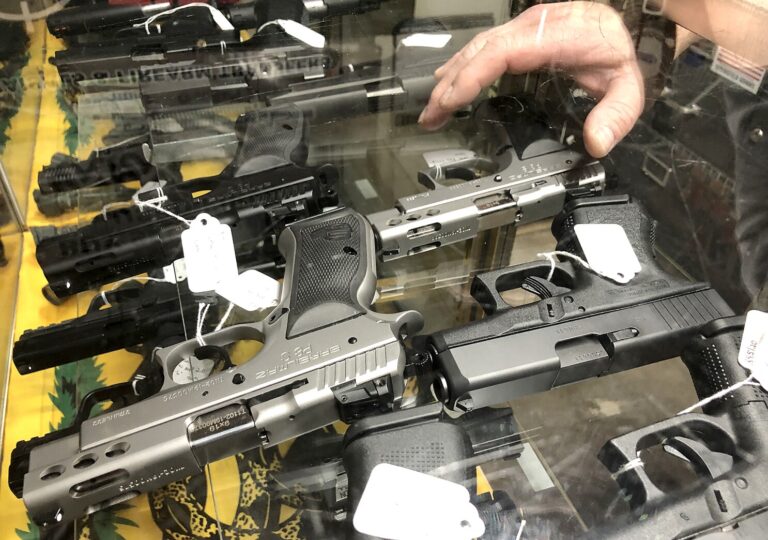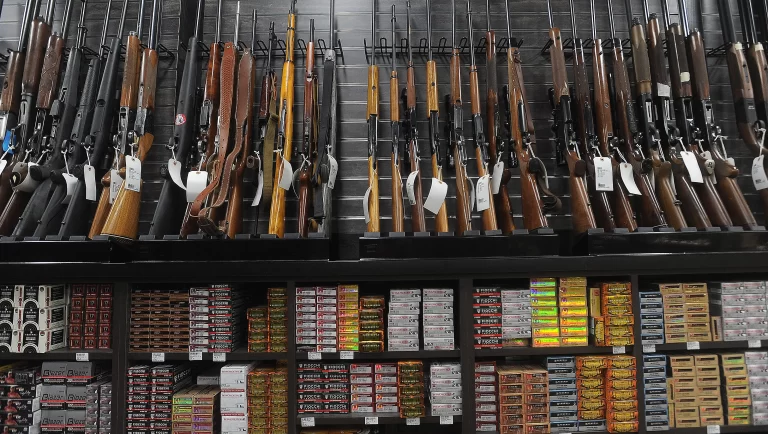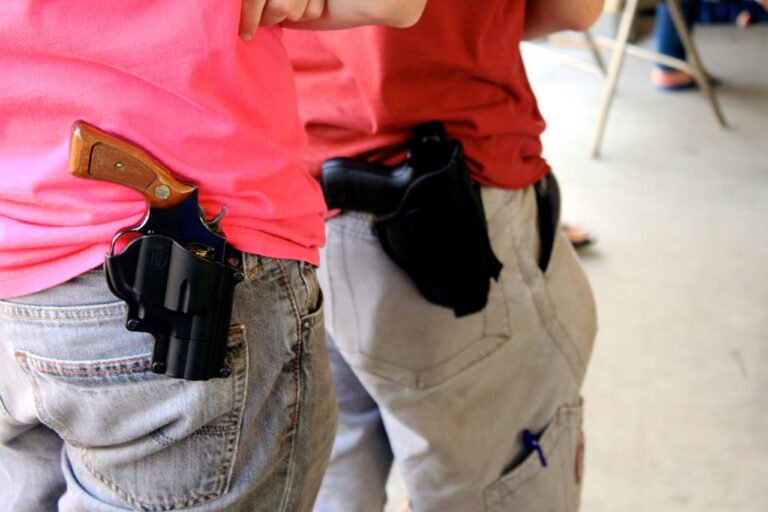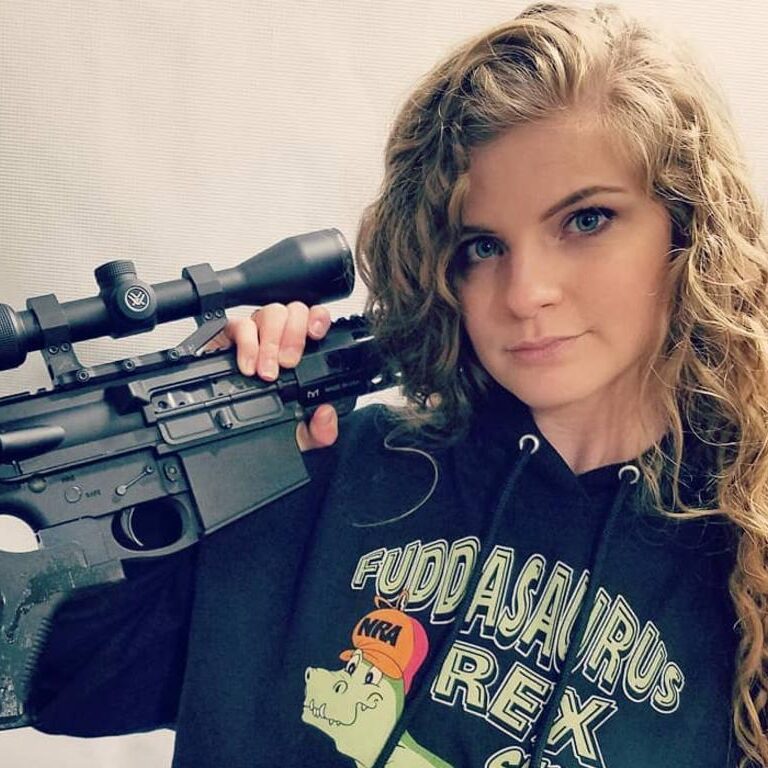North Dakota Hunting
North Dakota is renowned for its stunning badlands, picturesque plains, and valleys that contribute to the state’s natural beauty and provide exceptional hunting opportunities. From big game such as elks, moose, bighorn sheep, and deer to numerous small game animals, North Dakota offers a diverse and thriving hunting experience for enthusiasts. To ensure the preservation of wildlife and the safety of hunters, the state has established strict hunting regulations enforced by the North Dakota Department of Fish and Wildlife. In this article, we will explore these regulations, hunting seasons, and the various games available for hunting in North Dakota.
North Dakota Hunting Regulations
- Hunting License Regulation Hunters in North Dakota must possess a valid hunting license before pursuing any wildlife or game in the state. This requirement applies to both residents and non-residents, although certain exceptions may exist for specific games, which only the North Dakota Department for Fish and Wildlife can determine.
- Tagging Regulations After taking certain animals, hunters are required to properly tag them. Animals like bears, elks, turkeys, and deer fall under this category. To avoid violating regulations, hunters must understand the tagging and taking requirements for the games they intend to hunt.
- Tagging Requirement When hunting a big game that requires tagging, hunters must first validate the game tag before attaching it to the animal’s carcass. For animals like bears, wolves, or lions, tags can be attached to their hides. The tag should be immediately attached after taking the game, and the triangles indicating the month and date must be removed.
- Hunters’ Dress Requirements in North Dakota Before embarking on a hunting expedition in North Dakota, hunters must comply with the state’s specific dress code for different games. For hunting pheasants and upland games, the accepted dress color is orange, with a minimum size of 36 square inches above the hunter’s waistline. This dress code also applies to hunters in the state fish and game properties WMA and sponsored hunts.
North Dakota Hunting Bag Limits
Bag limits are used in North Dakota to restrict the number of specific games that hunters can harvest in a given season. Bag limits can be daily or seasonal, depending on the game. Hunters must adhere to these limits, which are determined annually by the North Dakota Department of Fish and Wildlife, based on the population of each game. Violation of bag limits can result in fines and potential revocation of hunting licenses.
Hunting Prohibitions in North Dakota
To protect wildlife and ensure ethical hunting practices, North Dakota has established several prohibitions for hunters to avoid:
- Hunters must not remove the evidence of game sex from animals they take. All evidence of sex must remain naturally attached to the game carcass or the largest part of the meat if the game is boned. Exceptions are made for games like bears, wolves, and lions, where the evidence of sex must be left on their hides.
- Hunters must not fail to tag games that require tagging or tag them improperly. Proper tagging involves removing the month and date notches completely and tagging the game immediately after harvesting.
- Hunters must not refuse to stop at Wildlife Management Areas check stations. Compliance with check station searches is mandatory for hunters and trappers going to or returning from a hunt.
- Hunters must not transport games and wildlife in North Dakota without a proxy statement. A proxy statement is required when transporting games taken by another hunter, with one form available per tag purchased.
- Hunters must not discharge firearms from across a highway while hunting.
- Hunters must not hunt animals outside their designated hunting seasons. Hunters are responsible for knowing the opening and closing dates of each game season, including lawful species and sex to take, as well as hunting boundaries. Regulations may change annually, so hunters are encouraged to stay updated.
- Hunters must not use the wrong license for a specific game. Each hunter must possess the correct license required for the game they intend to hunt, especially non-resident hunters purchasing North Dakota licenses valid only for residents.
- Hunters must not transfer a hunting license or tag for another hunter’s use.
- Hunters must not make games for other hunters to attach their hunting tags. Party hunting is prohibited in North Dakota.
- Hunters must not trespass on private land for hunting, except when permitted by the landowner. Ignorance of private property boundaries is not an excuse for violating this prohibition.
- Hunters must follow the rules for using motorized vehicles while hunting big games on state or federally-owned lands.
Open Carry While Hunting in North Dakota
Hunters in North Dakota are allowed to open carry while hunting. However, during bow hunting, only licensed handguns are permitted for use, and they cannot be used for hunting during archery sessions. Additionally, North Dakota has hunter harassment laws in place to protect hunting activities. The laws prohibit interfering with legal hunting activities, using aerial vehicles to disrupt hunting, tampering with traps, and hunting on private or public lands without permission.
North Dakota Hunting License, Permits, and Tags
North Dakota offers a variety of hunting licenses, permits, and tags based on residency, game type, and hunter’s age. Let’s explore some of the options:
Residents Hunting License
- Adult Hunting and Fishing License: Available to adult residents, allowing them to participate in both fishing and hunting activities. Valid for either a year or three years, with costs ranging from $38.75 to $97.
- Junior Hunting and Fishing License: For teenage residents aged 14 to 17, allowing participation in fishing and hunting. Available for either a year or three years, with costs ranging from $19 to $49.
- Senior Hunting License: Available to senior residents aged 65 or older, allowing them to participate in fishing and hunting. Available for either a year or three years, with costs ranging from $13.75 to $33.5.
- Disabled Veterans License for Hunting and Fishing: For disabled residents with a letter from the Veteran Affairs proving a disability percentage of at least 40%. The license costs $5.57.
Non-Residents Hunting License
- Adult Hunting and Fishing License: Available to adult non-residents for both fishing and hunting activities. Valid for either a year or three years, with costs ranging from $264 to $788.50.
- Adult Ordinary Hunting License: For adult non-residents participating only in hunting activities. Valid for either three days or three years, with costs ranging from $185 to $551.5.
- Small Game Hunting License: Allows hunting of migratory birds, upland games, rabbits, turkeys, furbearers, hares, and predators. The license is not valid for the first five days of the North Dakota pheasant hunting season. Costs range from $71.71 to $141.75, depending on the validity period.
- Trapping License: Allows non-residents to trap games in North Dakota. The license costs $331.75.
- Disabled Veteran License for Non-Residents: Available to non-residents with a disability percentage of at least 40% and a letter from the Veteran Affairs. The license, which includes fishing access for three days, costs $31.5.
North Dakota Fishing License, Permits, and Tags
For fishing enthusiasts, North Dakota also offers various fishing licenses, permits, and tags. Let’s explore some options:
Residents Fishing License
- Adult Fishing License: Available to resident adults for fishing in North Dakota water bodies. Valid for either a year or three years, with costs ranging from $30.5 to $73.75.
- Daily Fishing License: Valid per day for resident anglers. Costs $13.5 for the first day, with each consecutive day costing $6.
- Junior Fishing License: Available for teenage residents aged 14 to 17 for fishing. Valid for either a year or three years, with costs ranging from $13.75 to $73.75.
- Military Hunting and Fishing License: A combination license for hunting and fishing, available for resident North Dakota members of the US military. Costs $20.5.
Non-Residents Fishing License
- Adult Fishing License: Available to non-resident adults for fishing in North Dakota water bodies. Valid for either a year or three years, with costs ranging from $98.25 to $291.25.
- Daily Fishing License: Valid per day for non-residents. Costs $15 for the first day, with each consecutive day costing $7.
- Junior Fishing License: Available for teenage non-residents aged 14 to 17 for fishing. Valid for either a year or three years, with costs ranging from $21.75 to $61.75.
North Dakota Hunting Season 2023/2024
The hunting season in North Dakota varies depending on the game and type of firearm used for hunting. For the 2023/2024 hunting season, the following are the hunting periods for various wildlife:
North Dakota Deer Hunting Seasons
- Archery Season: August 1 to November 25
- Crossbow Season: August 1 to December 4
- Muzzleloader Season: September 5 to December 4
- Firearms Season: September 19 to February 21
Hunters can use bows for all deer hunting seasons, irrespective of the allowed weapon for the season. Crossbows are permitted during the Muzzleloading season, while muzzleloaders are allowed during the Firearms season.
North Dakota Turkey Hunting Seasons
- Fall Archery Season: August 1 to November 25
- Fall Crossbow Season: August 1 to December 4
- Fall Muzzleloader Season: September 5 to December 4
- Fall Firearms Season: October 5 to January 31
- Spring General Season: March 6 to April 25
- Spring Youth Hunt Season: February 27 to February 28 (south zone) and March 13 to March 14 (north zone)
North Dakota Small Games Hunting Season
- Squirrel Hunting Season: October 10 to March 7
- Quail Hunting Season: November 14 to March 7
- Otter Hunting Season: December 1 to March 1
- Rabbit Hunting Season: Allowed in Open Season
- Wild Hog Hunting Season: Allowed in Open Season
- Raccoon Hunting Season: Allowed in Open Season
- Opossum Hunting Season: Allowed in Open Season
North Dakota Wildlife Games and Fish
North Dakota offers a wide variety of games and wildlife for hunting enthusiasts:
- North Dakota Deer Hunting: The state’s abundance of public lands makes deer hunting a popular activity. South North Dakota offers excellent opportunities for bow hunting whitetail deer.
- North Dakota Turkey Hunting: Wild turkeys inhabit the northern part of the state and sometimes interbreed with Eastern species. They are commonly found in forested areas and woodlands.
- North Dakota Duck Hunting: The best areas for duck hunting are the state’s wetland regions, where ducks prefer to live away from human settlements and roam shallow water bodies like ponds and lakes.
- North Dakota Quail Hunting: The Northern bobwhite quail is the most common species in the state, found in upland pines, scrubs, Flatwoods, and other regions.
- North Dakota Dove Hunting: The mourning dove is one of the most common species in North Dakota, nesting in trees and inhabiting woodland and grassland regions.
- North Dakota Pronghorns Hunting: Pronghorns are typically found in wide and open spaces, preferring shrubby and grassland regions where plants do not exceed 2 feet. They are more common in the southern part of North Dakota during winter.
North Dakota Shooting Ranges
For shooting enthusiasts, North Dakota offers several public shooting ranges, including:
- Capital City Sporting Clays
- Buffalo Chip Shooters
- Hebron Wildlife & Gun Club
- Turtle Lake Wildlife Club
- Tri-County Trap & Wildlife Club
- McClean Bottom Rifle Range
- Rugby Shooting Club
North Dakota Hunting Land for Sale and Lease
Hunters interested in owning or leasing hunting lands in North Dakota can explore the following options:
- Towner, North Dakota (McHenry County) – 1014.6 acres of world-class whitetail hunting property.
- Bowman, North Dakota (Bowman County) – 640 acres available for hunting.
- Fessenden, North Dakota (Wells County) – 160 acres available for auction on June 22, 2021.
- Hettinger, North Dakota (Adams County) – 301.8 acres of hunting land.
- Mcclusky, North Dakota (Sheridan County) – 159 acres available for online auction.
- Binford, North Dakota (Griggs County) – 160 acres of auction land.
- Olga, North Dakota (Cavalier County) – 90 acres of hunting land.
- Litchville, North Dakota (Barnes County) – 152.8 acres available for sale.
- Lakota, North Dakota (Nelson County) – 317.5 acres for sale.
- Solen, North Dakota (Morton County) – 2,640 acres of a fully functioning cattle ranch with hunting opportunities.
- Stirum, North Dakota (Sargent County) – 232 acres of excellent waterfowl and pheasant hunting property.
- Zap, North Dakota (Mercer County) – 320 acres, one of the best chunks of private hunting ground.
- Lehr, North Dakota (McIntosh County) – 320 acres of hunting land.
- Lakota, North Dakota (Nelson County) – 317.5 acres available for sale.
Conclusion
North Dakota’s natural beauty and thriving wildlife offer hunting enthusiasts an exceptional experience. To ensure sustainable hunting and the preservation of wildlife, the state has established strict regulations, including licensing, tagging requirements, and bag limits. Hunters must familiarize themselves with these regulations to enjoy a safe and legal hunting experience. Whether it’s pursuing deer, turkeys, ducks, or quails, North Dakota’s hunting opportunities are diverse and boundless.
FAQs
Do I need a hunting license to hunt in North Dakota?
Yes, all hunters, both residents and non-residents, are required to possess a valid hunting license before hunting any wildlife or game in North Dakota.
What are the tagging regulations for hunting in North Dakota?
After taking certain animals like bears, elks, turkeys, and deer, hunters are required to properly tag them. Tags should be immediately attached to the animal’s carcass, and the month and date notches must be removed.
Can I open carry while hunting in North Dakota?
Yes, hunters in North Dakota are allowed to open carry while hunting. However, during bow hunting, only licensed handguns are permitted, and they cannot be used for hunting during archery sessions.
What are the bag limits for hunting in North Dakota?
Bag limits in North Dakota restrict the number of specific games that hunters can harvest in a given season. Bag limits are determined annually by the North Dakota Department of Fish and Wildlife based on the population of each game.
Can non-residents hunt in North Dakota?
Yes, non-residents can hunt in North Dakota, but they are required to obtain the appropriate hunting license and follow all regulations set by the state.
Can you hunt waterfowl production areas in North Dakota?
Yes, many waterfowl production areas (WPAs) managed by the US Fish & Wildlife Service in North Dakota do allow public hunting with some restrictions. Special regulations may apply for each area.
Can you hunt unposted land in North Dakota?
Generally yes, you can hunt on unposted private land in North Dakota provided you have permission from the landowner. Unposted land without permission and untenanted public lands are fair game.
Can you hunt with a crossbow in North Dakota?
Yes, hunting big game like deer and pronghorn with a crossbow is allowed during archery seasons in North Dakota, provided the hunter has a valid license and tag. Crossbows are prohibited for migratory bird hunting.
Where is the best duck hunting in North Dakota?
Some top spots for duck hunting in North Dakota include Lake Sakakawea near Garrison, Devils Lake, and Stump Lake areas, the Missouri River area around Bismarck and Mandan, and the Souris River bottoms around Minot.
What can you hunt in North Dakota?
Common game species to hunt in North Dakota include white-tailed and mule deer, pronghorn, pheasants, grouse, geese, ducks, rabbits, squirrels, and doves. Various seasons, licenses, and limits apply per animal.
